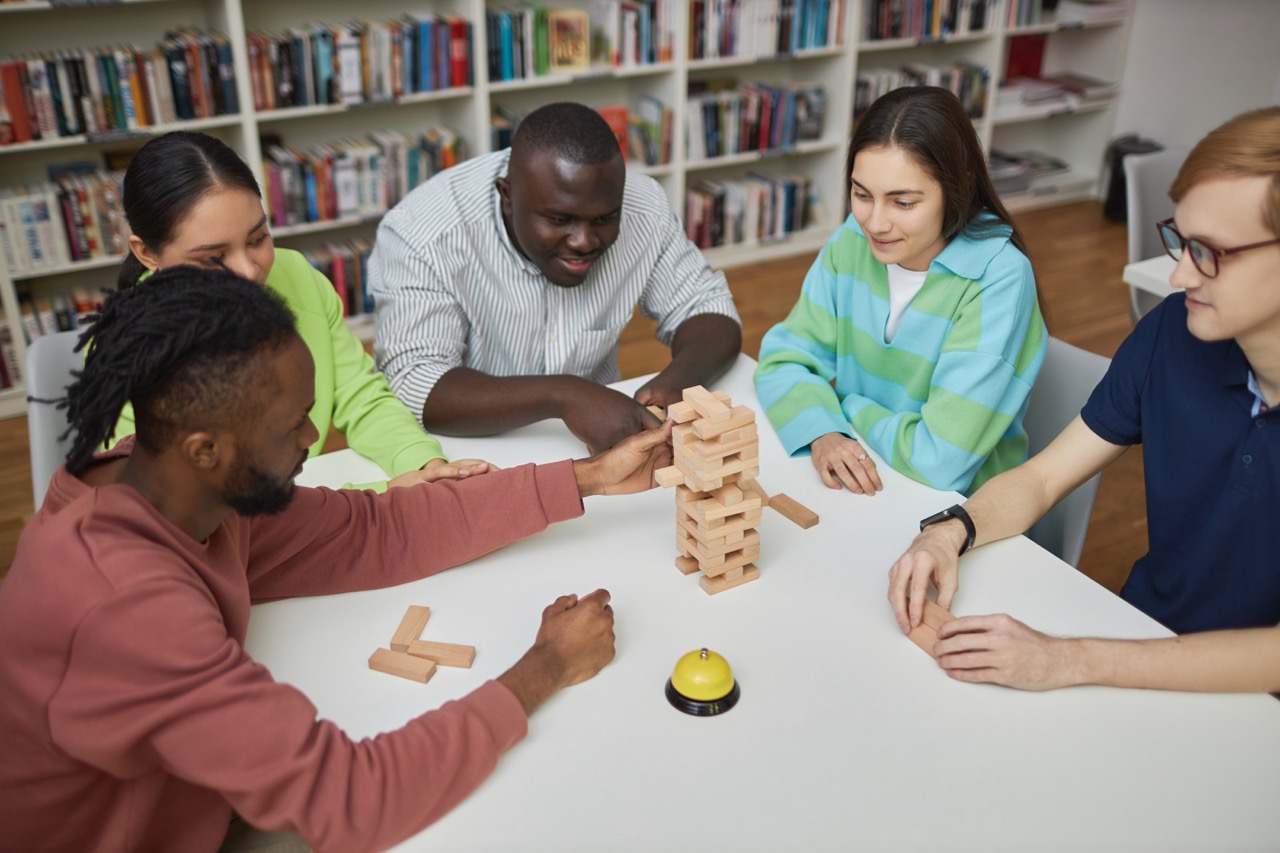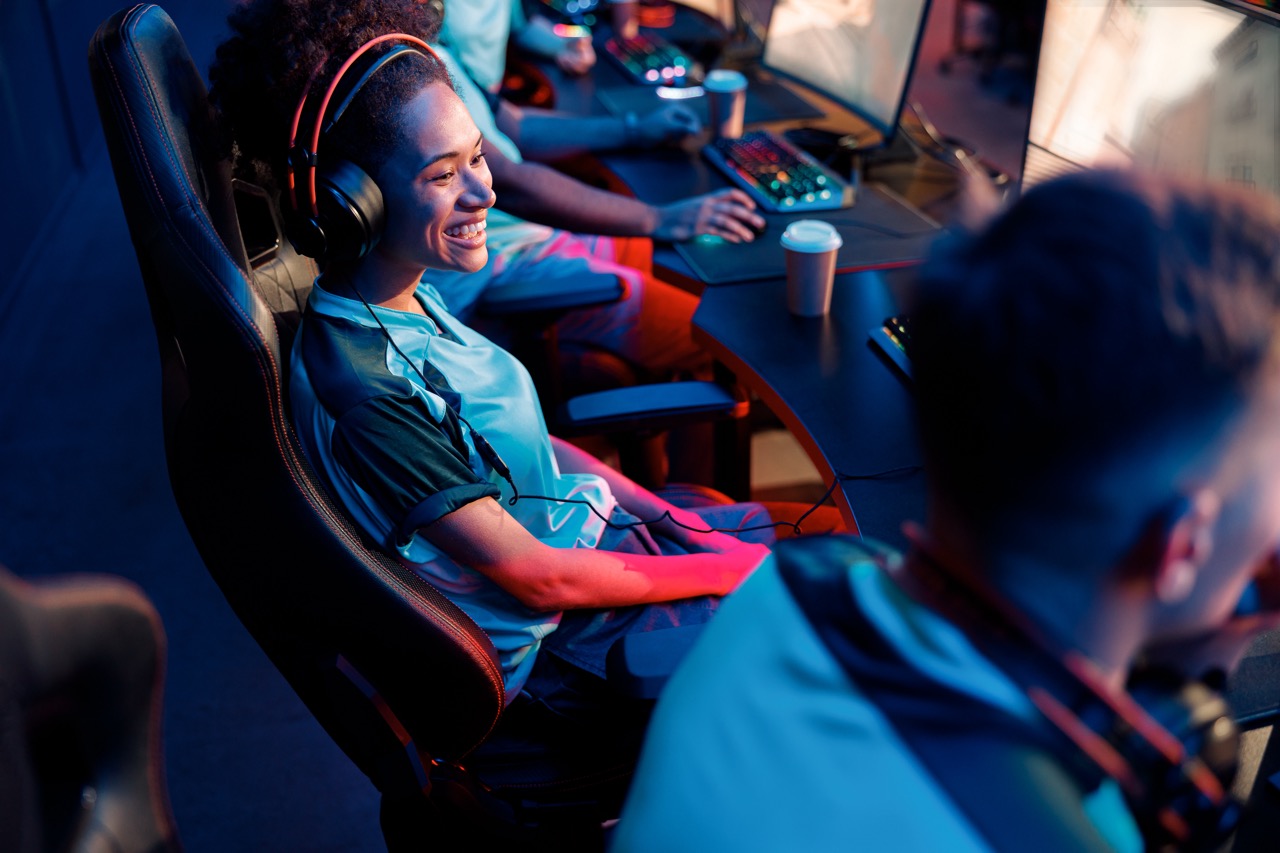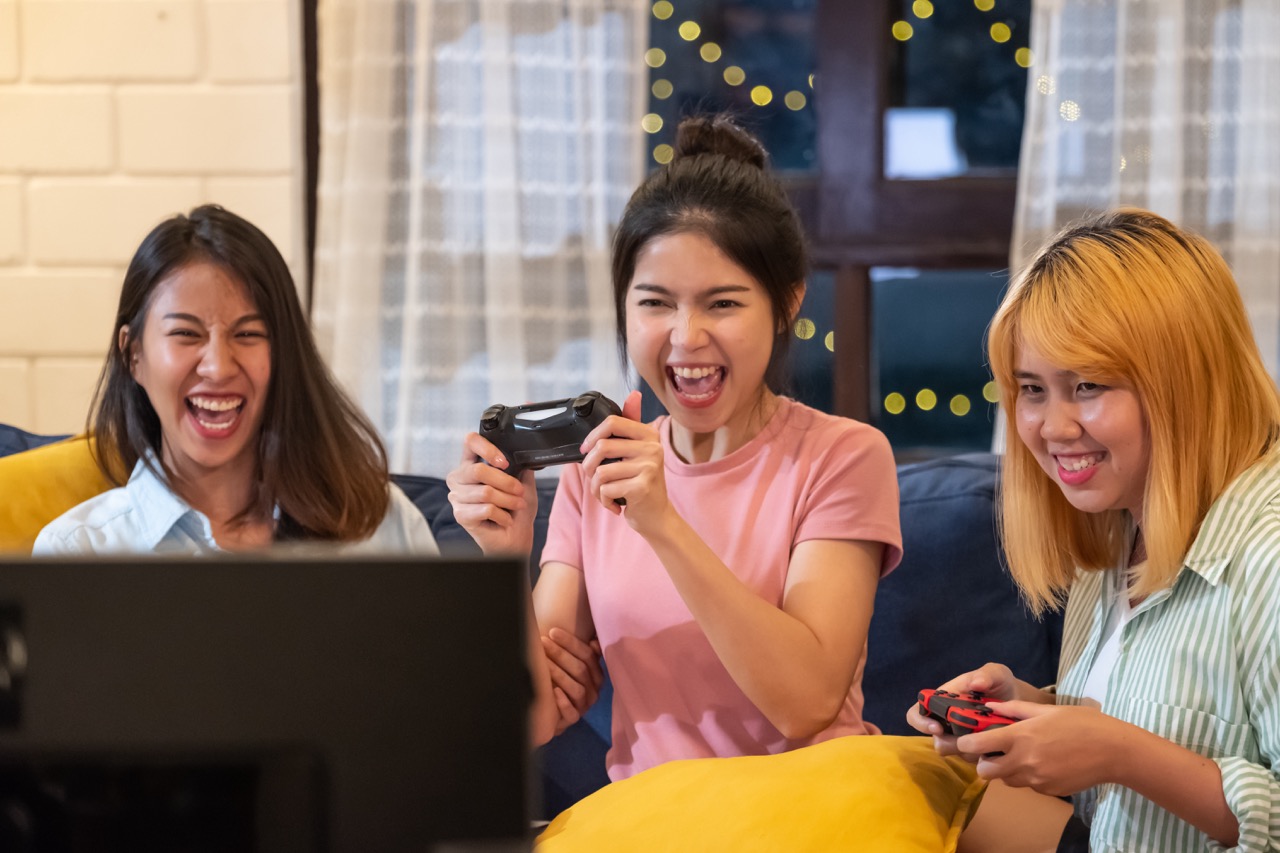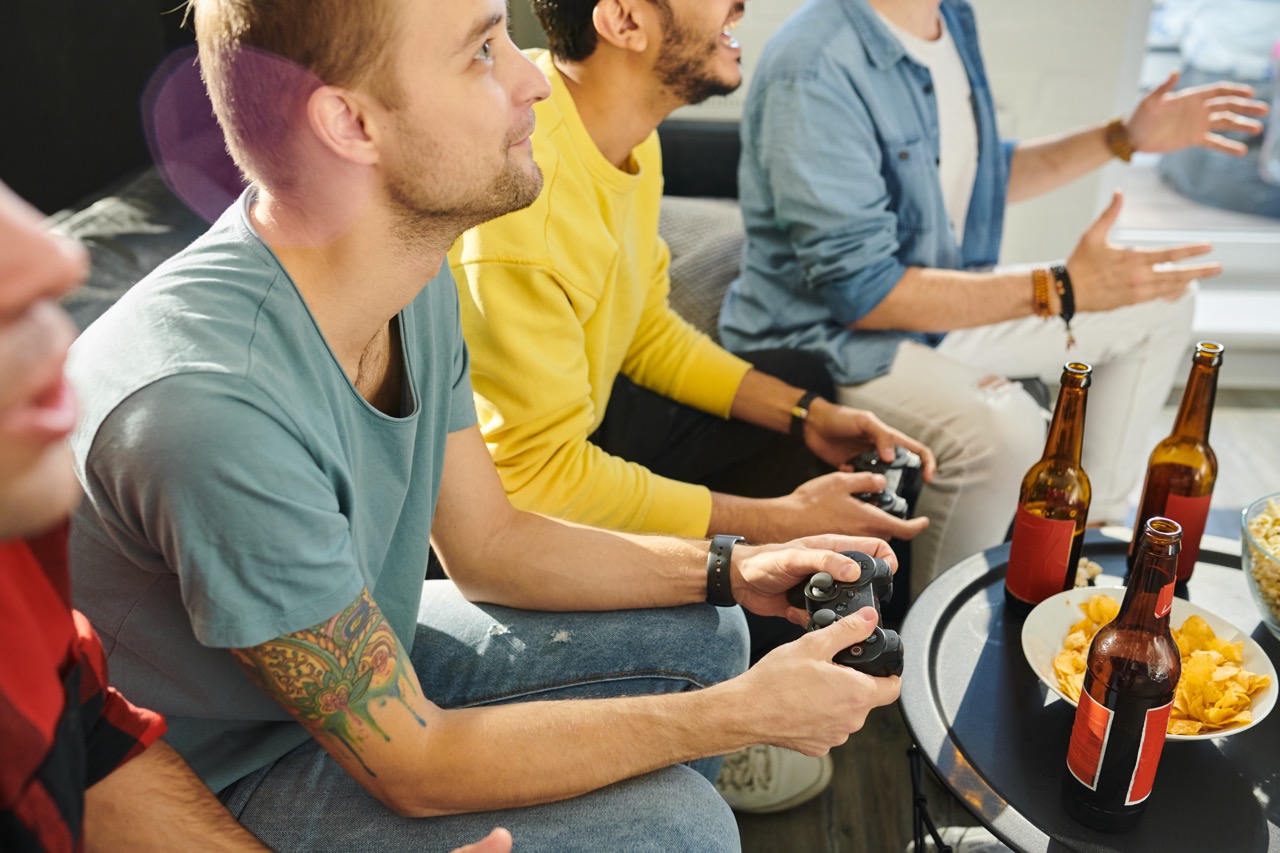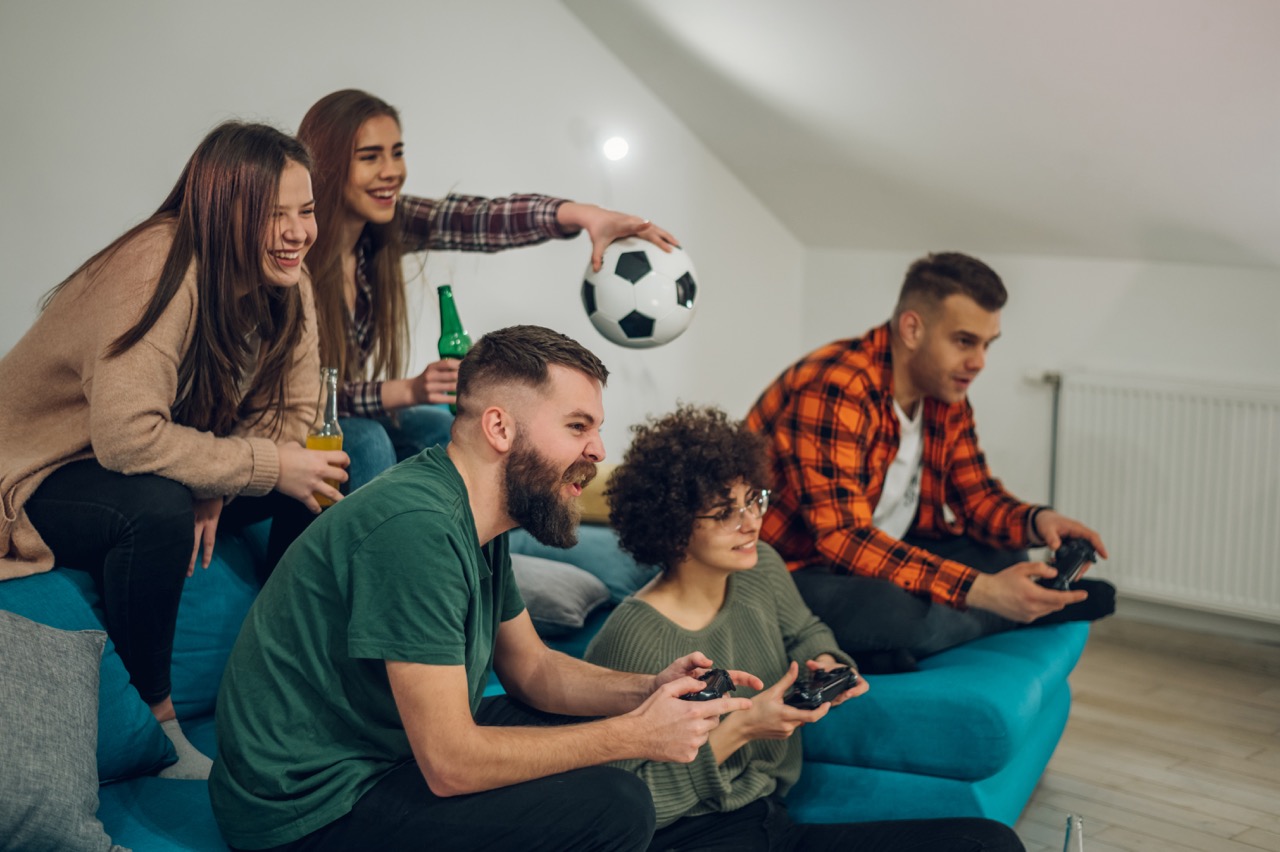Online multiplayer games have revolutionized the way we connect and interact with others. While these virtual worlds offer opportunities for camaraderie and competition, they can also harbor a darker side: toxic behavior. This article dives into the complexities of toxic behavior in gaming, its effects on players, and how we can collectively foster a more positive gaming environment.
What’s the Deal with Toxic Behavior in Gaming?
Toxic behavior in gaming refers to actions and attitudes that create a negative and hostile environment for players. This can range from verbal harassment and trolling to griefing and intentional sabotage. The anonymity that online interactions provide often emboldens players to act in ways they wouldn’t dare in real life. As a result, toxicity can spread like wildfire, turning what should be an enjoyable gaming experience into a sour one.
The prevalence of toxic behavior can be attributed to several factors, including the competitive nature of many games and the stress players feel during gameplay. When stakes are high, emotions can run wild, leading individuals to lash out at teammates or opponents. This toxic culture is not just limited to specific games or genres; it can be found across virtually all online multiplayer platforms.
Another aspect to consider is the community dynamics at play. In some gaming circles, toxic behavior can be normalized or even celebrated, creating a vicious cycle where new players may feel pressured to conform to these negative standards. This perpetuates a culture of toxicity that can drive away newcomers and frustrate seasoned gamers alike.
In recent years, discussions around toxic behavior have gained traction within the gaming community. Many players are becoming more aware of the impact such conduct can have not just on their own experience but on the overall health of the gaming environment. This growing awareness is an essential step towards addressing and reducing toxicity in online games.
The Impact of Toxicity on Players’ Mental Health
The effects of toxic behavior extend far beyond the screen, influencing players’ mental health and overall well-being. For many, gaming is a form of escapism—a way to unwind and connect with others. However, encountering toxicity can lead to feelings of anxiety, depression, and isolation. Players may begin to associate the gaming experience with negative emotions, ultimately driving them away from a hobby they once enjoyed.
Studies have shown a correlation between toxic online interactions and increased levels of stress among players. When individuals are subjected to harassment, it can trigger a fight-or-flight response, leading to heightened anxiety and emotional exhaustion. This can result in players avoiding multiplayer experiences altogether, missing out on the social connections and joy that games can provide.
Moreover, toxic behavior can affect self-esteem and confidence. Constantly being criticized or belittled can lead players to doubt their skills and feel inadequate. Such negative reinforcement can deter individuals from improving or enjoying the game, creating a cycle of frustration and disengagement.
The impact of gaming toxicity isn’t limited to the individuals directly involved; it can also ripple out to affect friendships and community dynamics. Players may find themselves dragged into conflicts or feeling the need to choose sides, which can lead to further division and negativity. Ultimately, addressing toxicity is crucial for preserving the mental health of players and the integrity of gaming communities.
Common Forms of Toxic Behavior You’ll Encounter
Toxic behavior in gaming manifests in various forms, each with its unique set of challenges for players. One of the most recognized types is verbal harassment, which includes insults, slurs, and threats directed at other players. This behavior can create an intimidating environment, making it difficult for individuals to feel comfortable participating in games.
Another prevalent form of toxicity is trolling, where players deliberately provoke others for amusement. This can involve sabotaging teammates, spreading misinformation, or engaging in disruptive behavior that detracts from the overall gaming experience. Trolling can be particularly frustrating, as it undermines teamwork and cooperation, essential elements in many multiplayer titles.
Griefing is another common issue, where players find joy in making others’ gameplay experiences miserable. This may include exploiting game mechanics to ruin someone else’s progress or intentionally causing failure in cooperative settings. Griefers thrive on the reactions of others, often leading to escalating conflicts and a toxic atmosphere.
Lastly, there’s the phenomenon of gatekeeping, where established players look down on newcomers or less experienced players. This can manifest in condescending attitudes, refusing to assist others, or creating exclusive cliques. Gatekeeping not only discourages participation but can also alienate those who are just looking to enjoy the game and learn from others.
How Game Developers Tackle Toxicity in Their Communities
In response to the growing awareness of toxic behavior, game developers have begun implementing various strategies to combat toxicity within their communities. Many games now feature robust reporting systems that allow players to flag inappropriate behavior, helping developers identify and address issues quickly. These tools empower players to take an active role in shaping their gaming environment.
Additionally, some developers have introduced in-game penalties for toxic behavior, such as temporary bans or restrictions on certain features. By holding players accountable for their actions, developers send a clear message that toxicity will not be tolerated. This can serve as a deterrent for potential offenders and help create a more welcoming atmosphere for all players.
Community engagement has also become a priority for many developers. By fostering open lines of communication with their player base, developers can better understand the issues affecting their communities. Regular updates, community events, and forums for player feedback allow developers to create a more inclusive and supportive gaming environment.
Finally, some studios have partnered with mental health organizations to provide resources and support for players affected by toxicity. By promoting mental well-being alongside gaming, these developers acknowledge the impact that online behavior can have on individuals and are taking steps to address it holistically.
Tips for Players to Handle Toxic Situations Online
Dealing with toxic behavior in online gaming can be challenging, but there are strategies players can adopt to navigate these situations successfully. One of the most effective approaches is to maintain a calm and composed demeanor. Reacting angrily or defensively can escalate situations, so taking a step back and responding with grace can help diffuse tension.
Another practical tip is to utilize the mute or block features available in most games. If a player is being excessively toxic, simply muting or blocking them can create a more enjoyable gaming experience. This helps to minimize exposure to negativity and allows players to focus on the game without the distraction of toxic comments.
It’s also essential to seek support from friends or other players who share a similar mindset. Surrounding oneself with positive influences can help counteract the negative effects of toxicity. Engaging with a supportive community can provide encouragement and make gameplay more enjoyable, even in the face of adversity.
Lastly, players should remember that it’s okay to walk away from a game or situation if it becomes too overwhelming. Prioritizing mental health is crucial, and taking a break can provide a much-needed reset. Games are meant to be fun, and if toxicity overshadows that enjoyment, stepping back can be the best course of action.
Building a Positive Online Gaming Environment Together!
Creating a positive online gaming environment is a collective effort that involves both players and developers. As players, we have the power to set the tone in our communities by modeling respectful behavior and promoting inclusivity. By actively encouraging positive interactions and speaking out against toxicity, we can foster an atmosphere where everyone feels welcome.
Developers play a crucial role in this endeavor, as they can implement features and policies that discourage toxic behavior. By prioritizing player feedback and maintaining transparency in their approach to toxicity, developers can demonstrate their commitment to creating a healthy gaming environment. This collaboration between players and developers is essential for progress.
Moreover, players can engage in community-building activities, such as organizing friendly competitions or collaborating on projects that promote positivity. These initiatives can strengthen connections among players and shift the focus from competition to camaraderie. As friendships blossom, players are less likely to resort to toxic behavior, creating a more enjoyable atmosphere for all.
Ultimately, building a positive online gaming environment requires ongoing effort and commitment from everyone involved. By working together, we can transform the gaming landscape into one that celebrates inclusivity, respect, and fun for all players. It’s time to level up our behavior and make gaming a more enjoyable experience for everyone!
Toxic behavior in online multiplayer games is a significant challenge that can detract from the enjoyment and connection that gaming offers. However, by understanding its impact, recognizing its forms, and employing strategies to combat it, we can work together to create a more positive gaming environment. Whether you’re a player or a developer, your actions can make a difference—so let’s commit to fostering a community where everyone feels valued and respected. Happy gaming!






